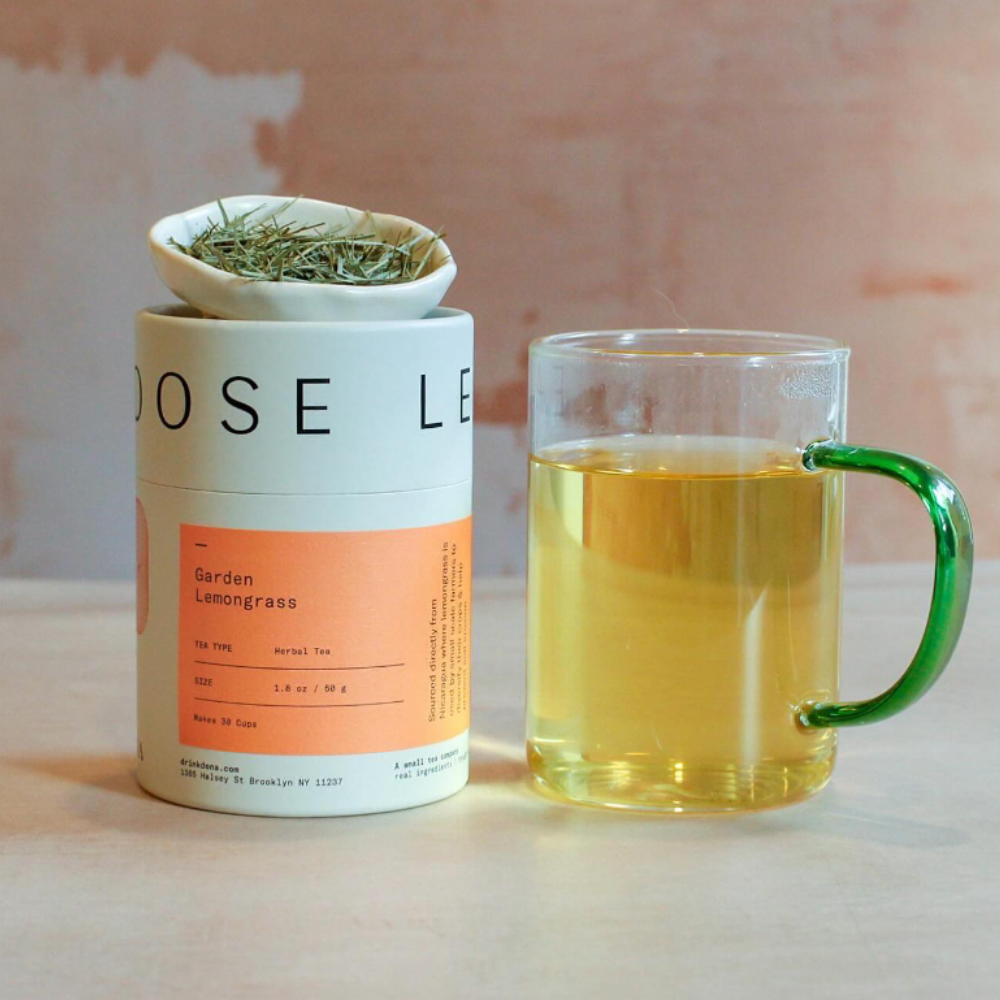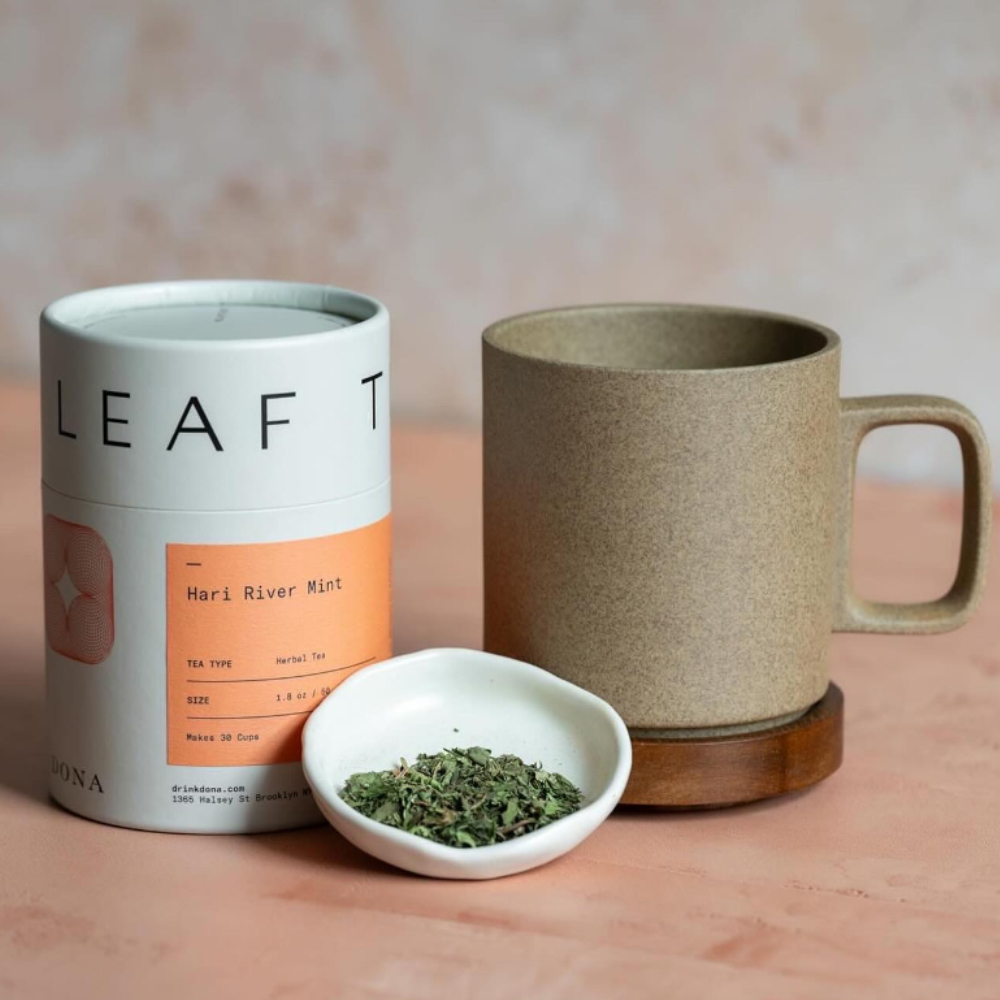6 Step to How to Select the Perfect Product Packaging
Introduction
In the area of e-commerce, where first impressions matter greatly, the significance of packaging cannot be overstated. No matter how exceptional your product may be, lackluster packaging or damaged deliveries can reset your progress. This guide aims to equip you with the knowledge needed to safeguard your products through the utilization of custom packaging boxes.
1. Measuring Your Packaging Boxes
Ensuring that your products snugly fit within their packaging is paramount. Here's a simple method to accurately measure your custom box:
Place your product on a flat surface.
Measure the length, width, and height, rounding up to the nearest inch.
Add an additional 0.5” to 1” to the final measurements to allow ample space.
2. Choosing the Right Box Type
Once measurements are confirmed, selecting the appropriate box type is crucial. Packola offers three distinct box types, each serving specific purposes.
3. Selecting Packaging Material
The choice of packaging material is equally significant. Cardstock offers a brilliant sheen, while corrugated cardboard provides durability. Here's a breakdown of the materials offered by Packola and their respective coatings:
Cardstock
14 pt. Cardstock: Ideal for small, light items.
18 pt. Cardstock: Suited for medium-weight products.
24 pt. Cardstock: Handles heavy items or multiple products.
Coatings:
Glossy Aqueous Coating: Enhances image vibrancy.
Matte Aqueous Coating: Adds an elegant finish.
High-Gloss UV Coating: Provides extra protection against damage.
Corrugated Cardboard:
Standard White Corrugated Cardboard: Offers excellent writability.
Premium White Corrugated Cardboard: Provides a sophisticated look.
Kraft (Brown) Corrugated Cardboard: Ideal for minimalist designs.
4. Packaging Size and Dimension ImportanceFor businesses with diverse product lines, practical packaging solutions are essential. Ordering custom packaging boxes in bulk is cost-effective, but attention to product fit is crucial. Measure and simulate product groupings to determine precise dimensions, especially for subscription boxes.
5. Understanding Your Target Audience
Customizing packaging to suit your target market's preferences is vital. Research your audience to ascertain their preferences and inclinations. Whether they favor freebie stickers or minimalist designs, catering to their preferences enhances brand connection.
6. Final Considerations
Selecting suitable packaging demands diligence and preparation. A well-thought-out packaging strategy reflects positively on your brand. Dedication to packaging quality ensures customer satisfaction and reinforces brand integrity.
In conclusion, selecting the right product packaging is a critical aspect of any business, particularly in the competitive landscape of e-commerce. By ensuring that packaging is both protective and visually appealing, businesses can make a positive impression on customers and safeguard their products during transit. Careful consideration of measurements, box types, materials, and audience preferences can elevate a brand's packaging strategy and contribute to overall success. Ultimately, investing time and effort into crafting custom packaging solutions reflects a commitment to quality and enhances brand perception in the eyes of consumers.
 English
English Español
Español Português
Português Pусский
Pусский Français
Français Deutsch
Deutsch 日本語
日本語 한국어
한국어 Italiano
Italiano عربى
عربى


